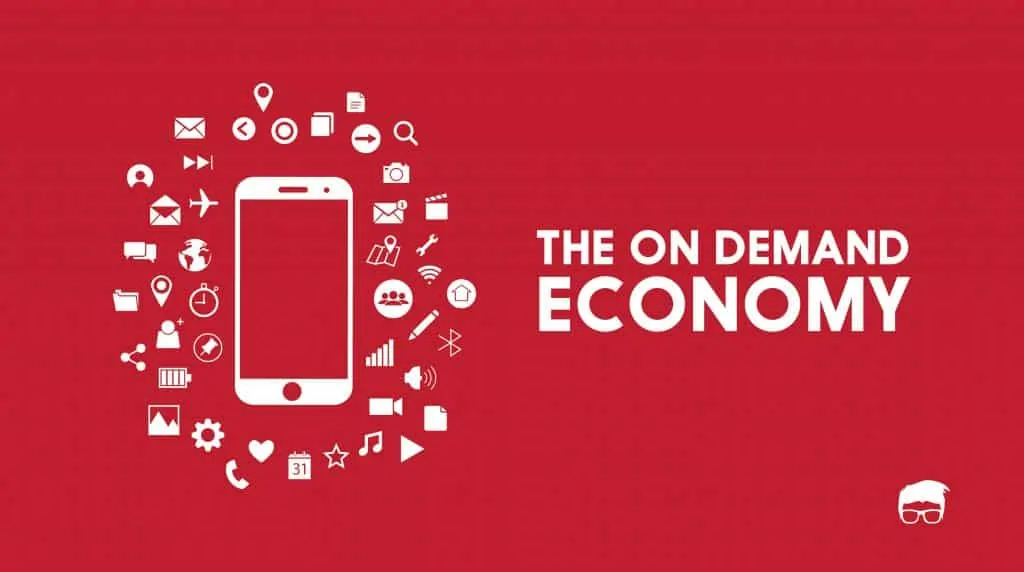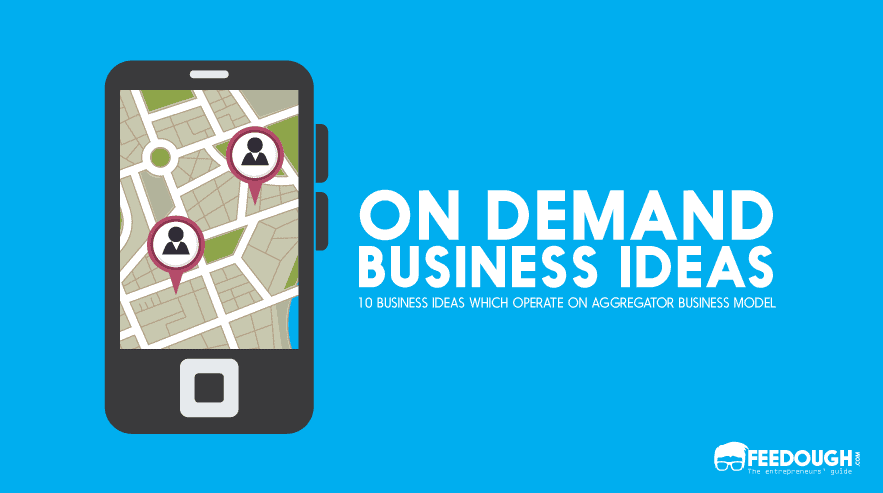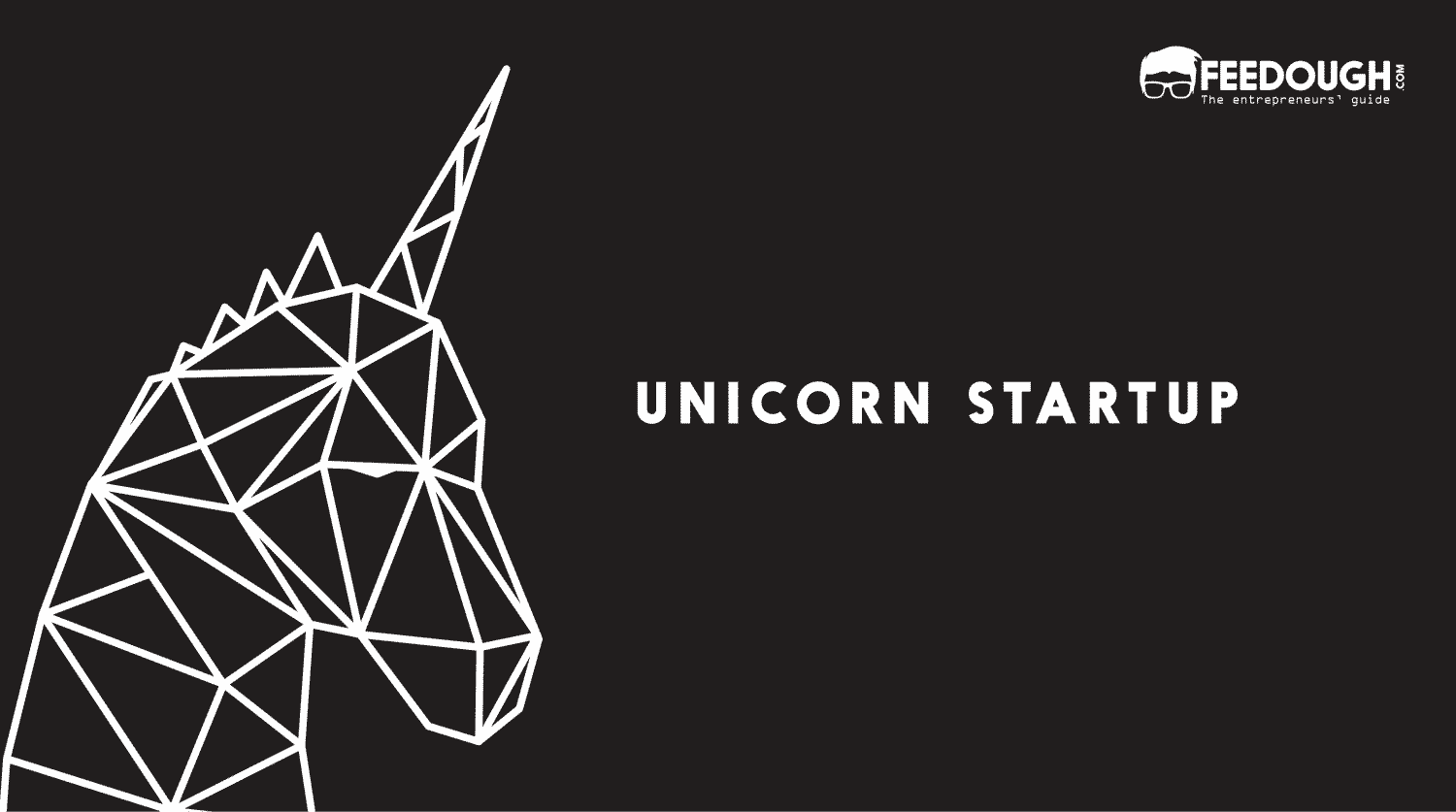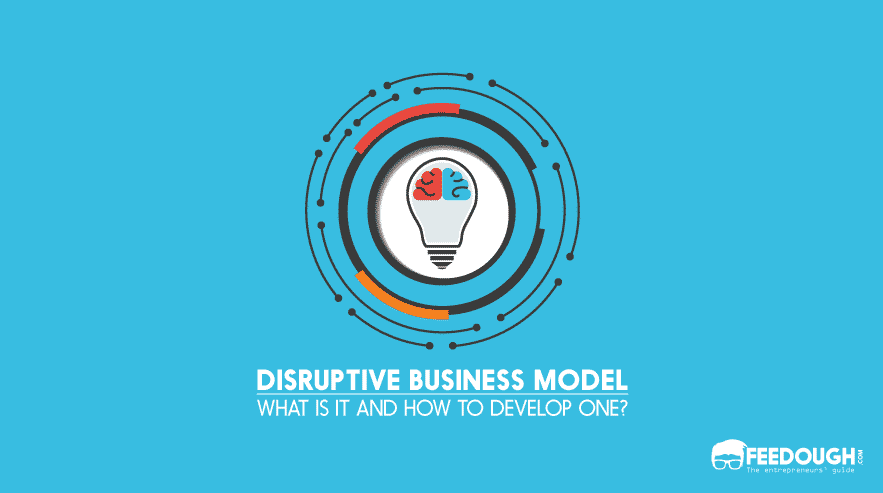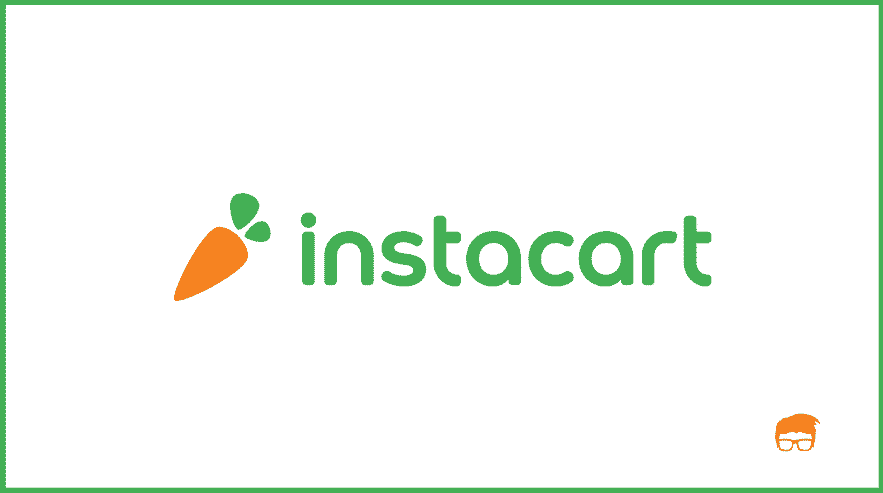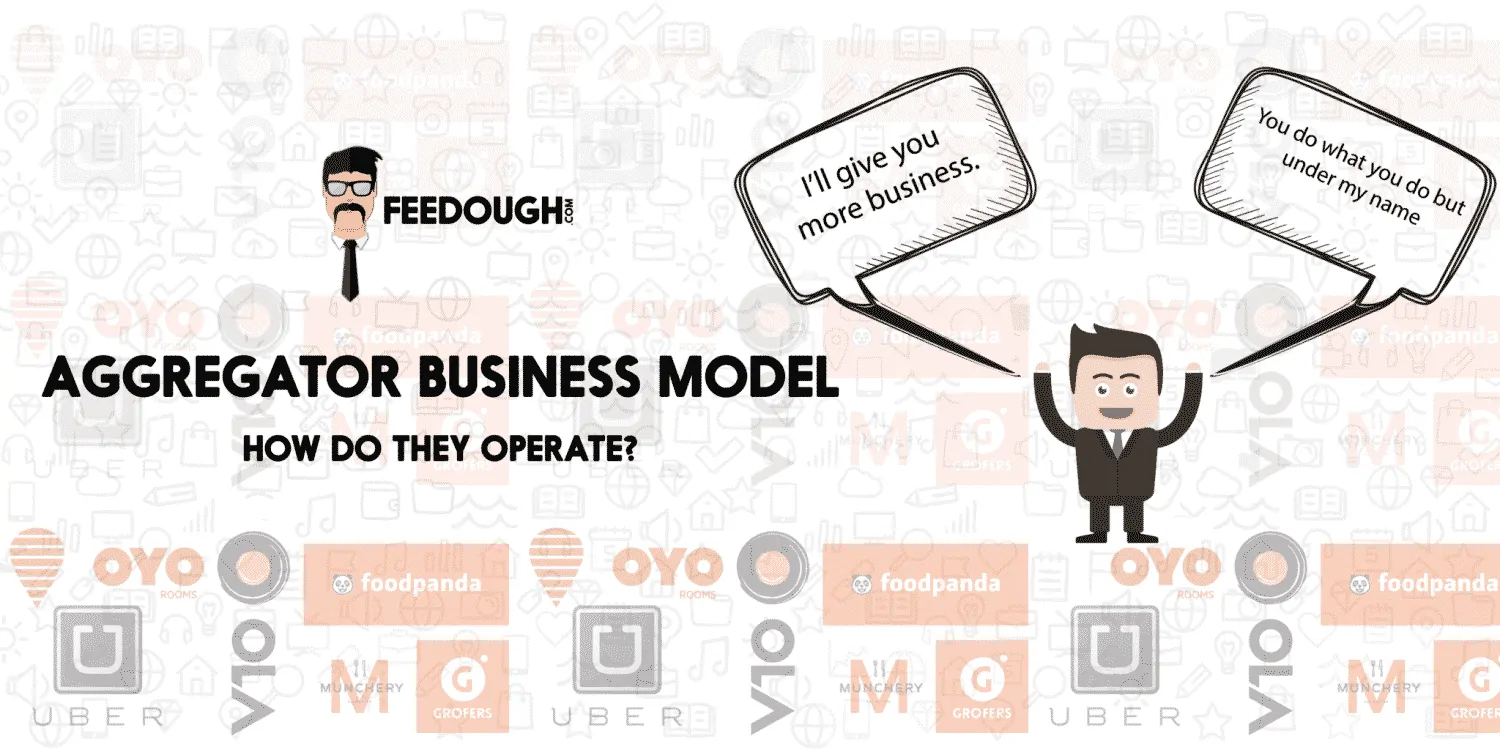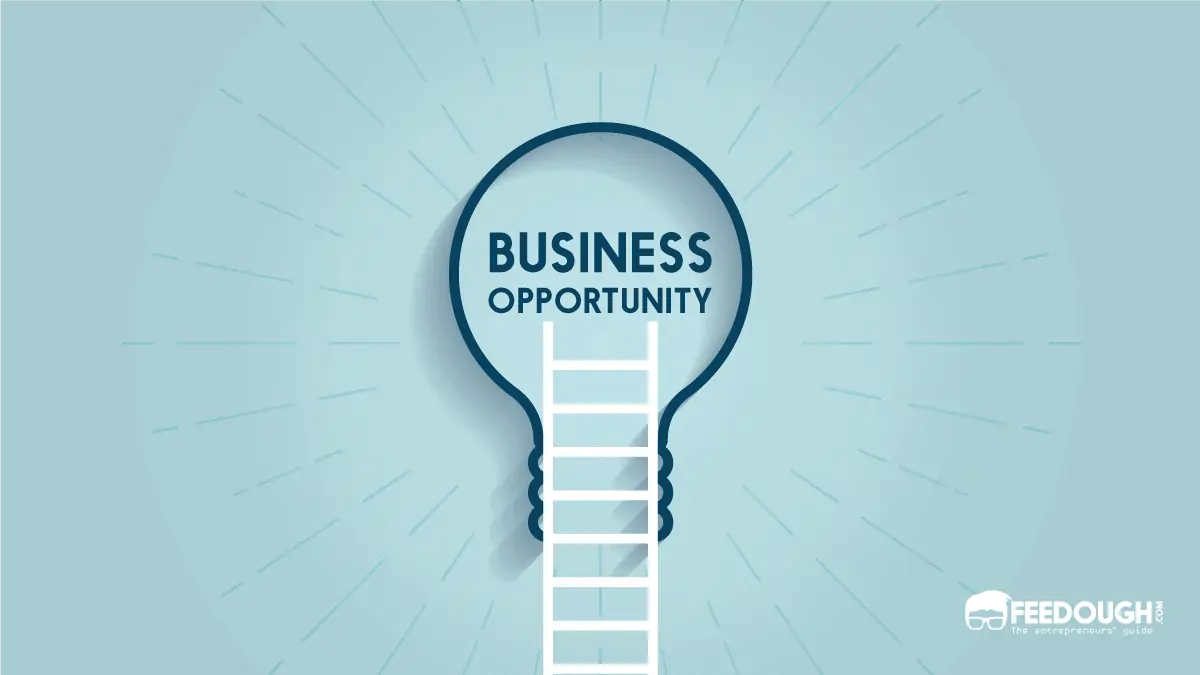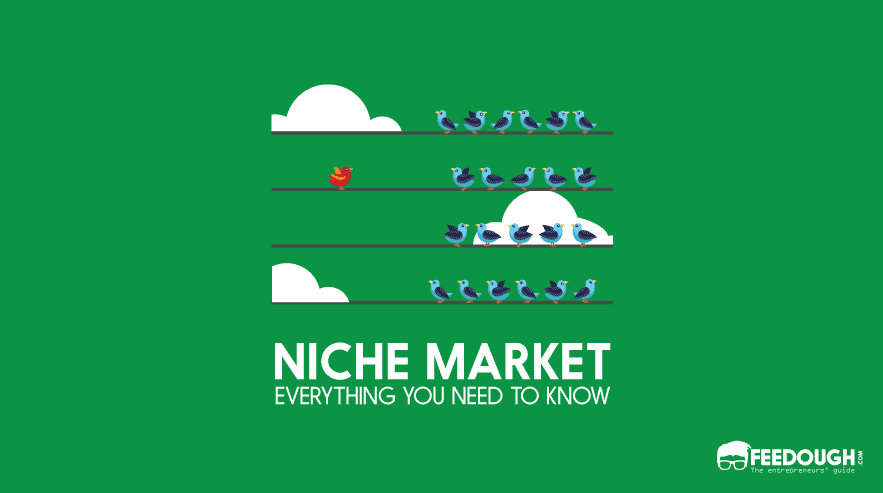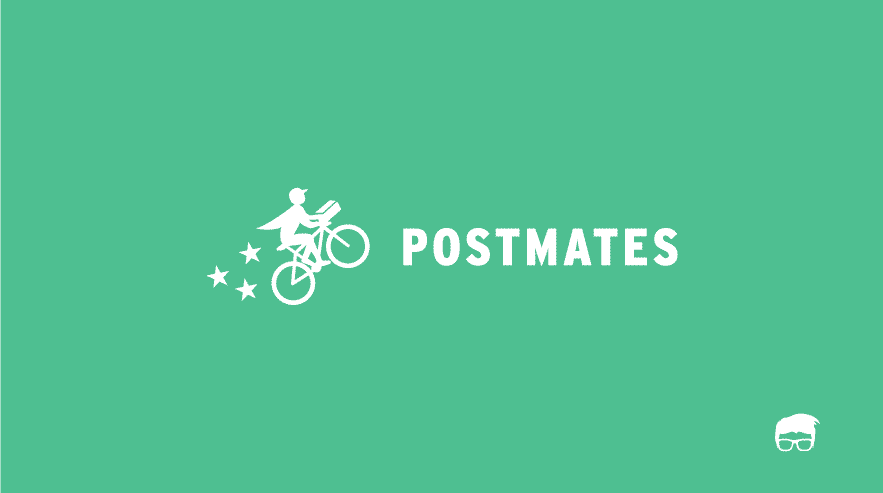Not so long ago, there was an idea to disrupt the taxi industry. The idea today is around 9 years old, worth $48 billion, present in 78 countries, and serve to around 1 million users every day.
Uber.
But this was just the beginning of the disruption by the on-demand economy.
Today, there are hundreds of on-demand companies which provide on-demand online learning (Udemy), grocery shopping and delivery (Instacart), freelance (Upwork), hotels (Airbnb & Oyo), and courier services(Shyp), etc.
The On Demand Revolution
The on demand economy involves economic activities by companies which aggregate the niche service providers and create a platform to provide their services under their brand name. On demand companies don’t hold (most of) the assets and their principal focus is to aggregate the service providers, create an online platform with a user-friendly interface and market their brand to tap most of the market share.
The rise of the importance of micro-moments in marketing has boosted the on-demand market. Customers now want everything at their fingertips. The four major characteristics which shaped the on demand economy as we know it are:
Online-offline integration
The disruptive idea of building an online platform to sell offline products and services on-demand is what differentiates the on-demand economy from other business economies.
Partnership Contracts
The service providers are freelancers and independent parties which sign a partnership contract with the company to provide services under its brand and offer a commission for every customer referred to them.
Micro-moments capitalization
The on-demand industry capitalizes on the increasing micro-moments demands. The increasing trend for “is there an app for that?” attitude has opened up a huge market potential for the on-demand services.
Brand Strategy
The principal focus of the on demand companies is to build a strong brand which attracts both the service providers and the service consumers to trade.
On Demand Economy Market Overview
You’re in an era where you can summon your own personal cab, chauffeur, chef, gardener, fashion consultant, or gym trainer with just a tap on an app. Biakelsey valued USA on demand economy to be $57 billion economy in 2017.
- Around 42% of USA adult population has used an on-demand service.
- More than 280 companies provide on-demand services across 16 industries.
- 63% of the on demand service providers say they are happier because they are working with an on-demand economy partner.
- Transportation and logistics on demand companies have raised 64% of the total funds raised by all on demand companies.
- Millennials make up around half of the on demand services consumers.
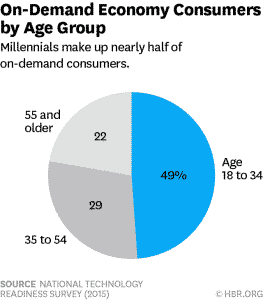
On Demand Economy Business Model
The on demand economy business model is usually referred to as “uber for x business model” or “aggregator business model” as the majority of the companies choose this business model type for their startup. An aggregator business model is a unique model where companies create an online platform to sell standardized services (usually offline services) under their own name. These services, though standardised, are actually provided by the business partners of the brand but the company acts as the guarantor of the quality.
However, another business model which is prevalent among the on demand companies is the marketplace business model. A marketplace model differs from an aggregate business model as the brand only acts as a platform for buyers and sellers to trade. The company, however, makes sure of the legitimacy of the parties and offer services like buyer protection, etc.
Contours of On-Demand Business Model
The on-demand business model varies based on the problem that is to be tapped and the solution provided by the company. Multiple business models can be built revolving around this overarching concept. For example:
On Demand Groceries | On Demand Hotels |
The brand has partnered with the local groceries shops who deliver the groceries when ordered by the consumers | The brand has listed all the hotels and the services provided by the partners and charges commissions from them whenever a customer is referred to them. |
The brand has set up its warehouses in different regions and deliver the groceries on fixed timings irrespective of when the order is placed. | The brand books and maintains an inventory of rooms in the partner hotels and makes them available under its own brand name. |
The brand has partnered with a delivery agency which purchases and delivers the groceries as and when it is ordered by the customers. | The brand offers vacant rooms in the partner hotels for lesser prices. |
These not so subtle differences in the business models eventually decide the future of the on-demand startups. There are various contours to choose from depending on your business vertical and the target audience. These contours are:
Instant vs. Scheduled delivery model
There are certain niches like taxis, meals, etc. where instant delivery can be the game changer for a company. Nevertheless, the instant delivery model requires a huge investment in technology and logistics and can result in lesser profits for the company. On demand niches like laundries, groceries, etc. can work on an aggregate scheduled delivery model without much effect on the demand or revenue of the company.
The instant fulfilment model isn’t recommended for the businesses with an unstable or unpredictable demand as it puts a lot of pressure as the company’s reputation depends on it. Hence, the final call should be taken based on the consumer needs, wants, and expectations and the company’s ability to fulfil the same.
Singular vs Multiple services
The on demand economy witnesses both single and multi-niche companies. Even though single niche companies like Uber and Lyft have witnessed great funding and growth in the previous years, there has been a recent rise of several multi-niche on demand companies like urban clap which provides on demand local services like home cleaning, beauty, lessons and hobbies, etc.
Even though a brand can be easily built by focusing on a single niche, multi-niche on demand model can result in more profits. Nevertheless, the choice of the niche(s) should be based on the present and future market demands and predictions and the availability of resources.
Marketplace vs Aggregator
This is one of the most important aspects of the on demand business model strategy. An aggregator is the one who provides the services under its own brand name, fixes the prices, and takes the guarantee of the quality provided.
A marketplace is just a platform where the buyers meet sellers. There can be many sellers selling the same service for different prices on the marketplace and the buyer has to rely on his own discretion while selecting the seller.
Both of the business models have their own pros and cons. While aggregator business model gives you control over your deliverables even though they are provided by the partners, the marketplace model involves less pressure of quality and price setting and you get your commission anyway.
Revenue Model
The on demand revenue models can be divided into two types:
Commission based revenue model
A commission based revenue model is the most prevalent revenue model as the revenue is earned simultaneously by the company and the partners. This model involves charging of commission whenever a customer is referred to the partners through the brand’s platform. A perfect example of this revenue model is Uber.
Take-up rate based revenue model
The take-up rate based revenue model involves pre-buying or pre-renting the product/service and selling it at a profitable rate to the end consumer. This strategy is followed by the Indian on-demand hotel rooms provider – OYO Rooms which books a hotel rooms inventory, maintains it, and provide it to the end consumers at a take-up rate.
Go On, Tell Us What You Think!
Did we miss something? Come on! Tell us what you think about our article on on demand economy in the comments section.
A startup consultant, digital marketer, traveller, and philomath. Aashish has worked with over 20 startups and successfully helped them ideate, raise money, and succeed. When not working, he can be found hiking, camping, and stargazing.
